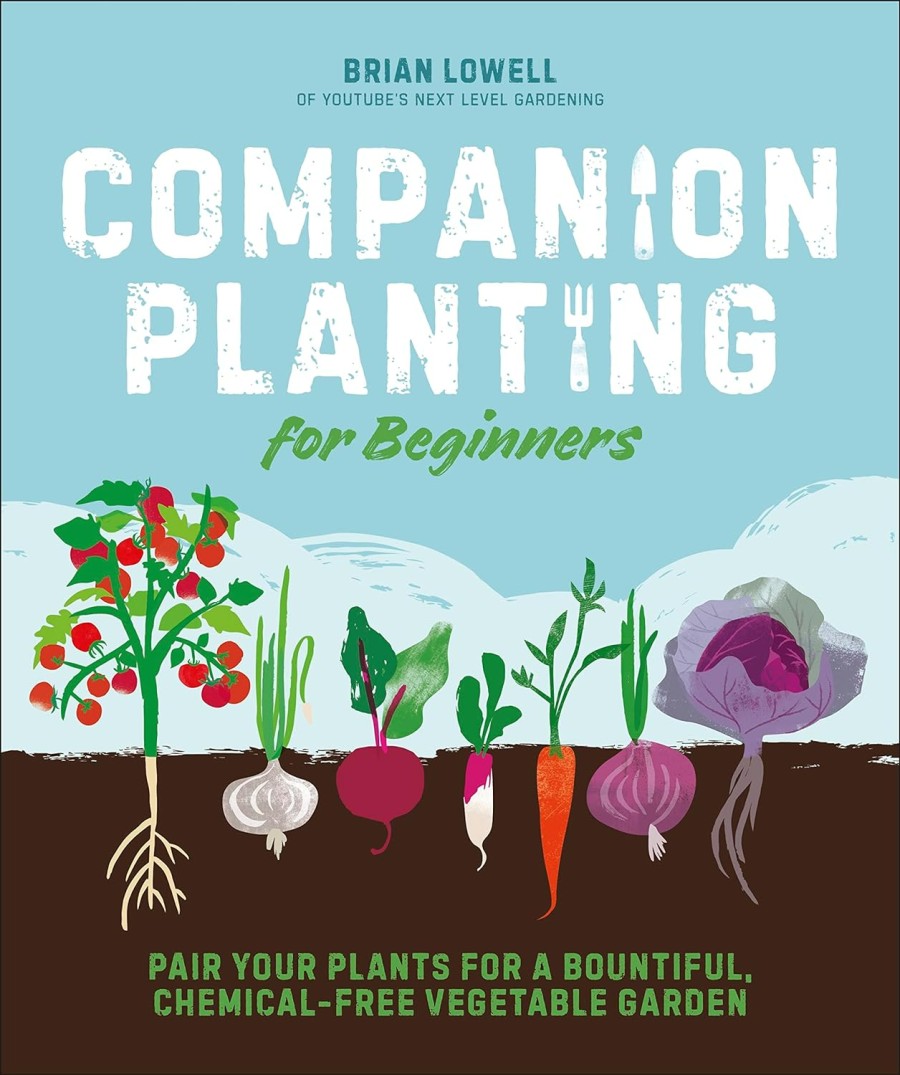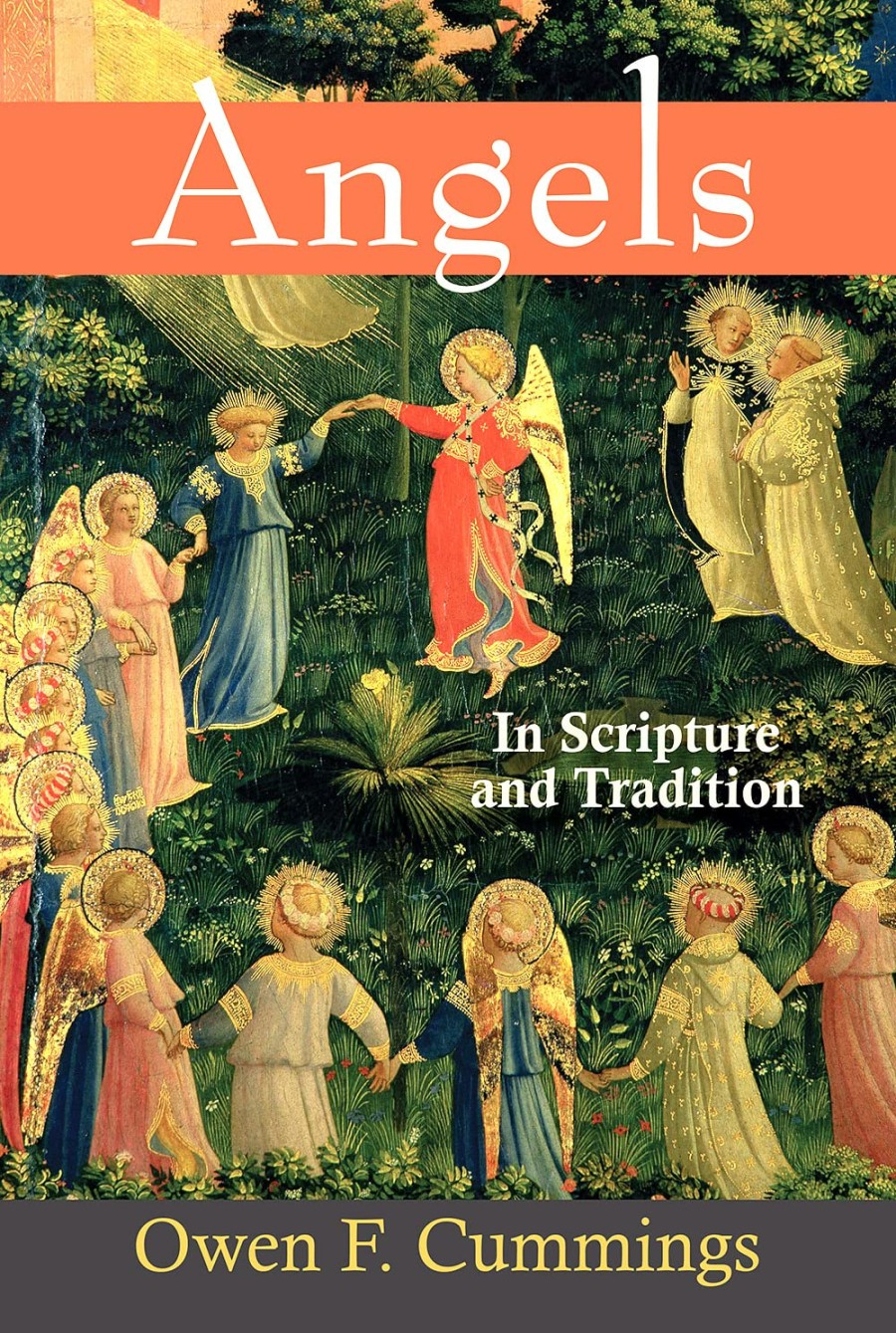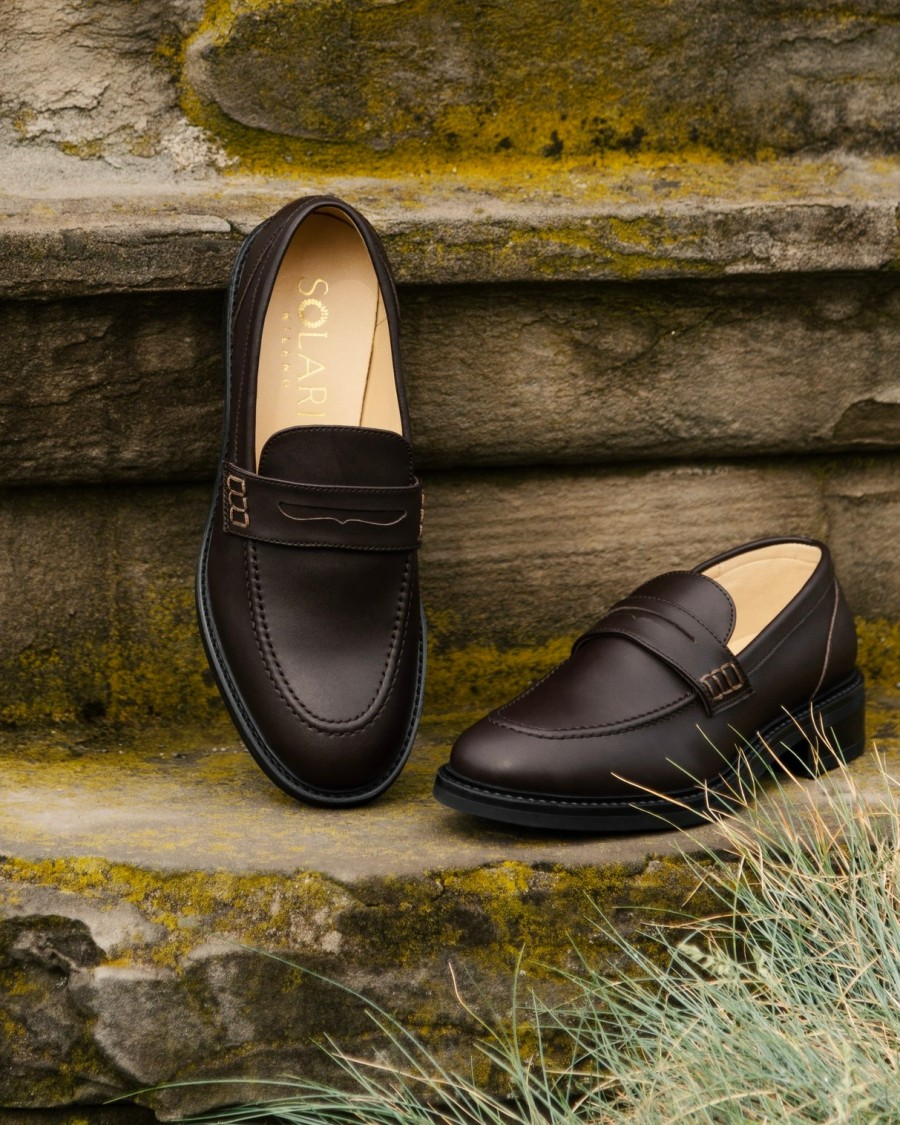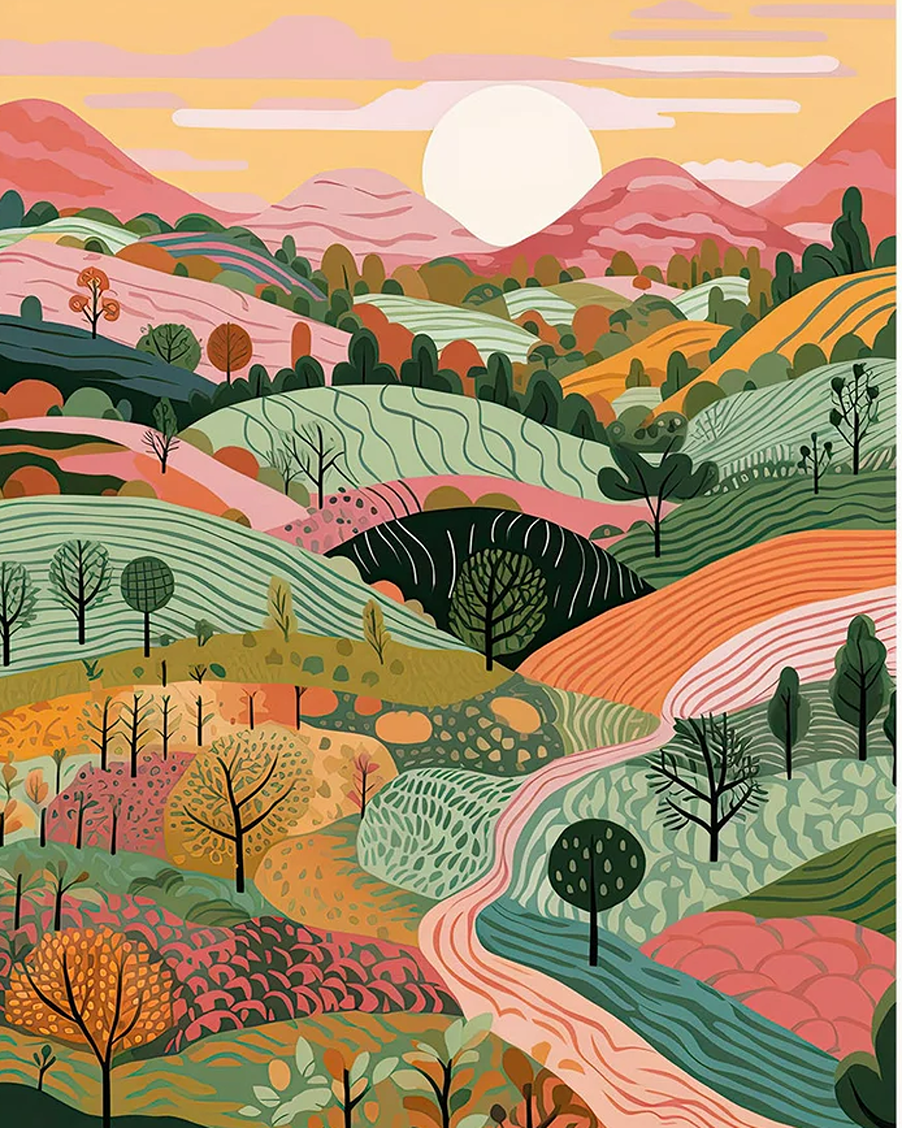
Garden lawns are actually made of tiny flowers, and provide important habitats for pollinators. Lawns also look lovely and provide nice safe spaces for children and pets to play, plus nice areas for relaxing.
Some ‘wildflower lawns’ include species that are unsafe for pets. Learn how to make gardens safe for pets for more information.
use garden shears over strimmers
If you can, use garden shears over strimmers (often these cause terrible injuries to frogs and hedgehogs). If using, then at least sweep through first with a broom to let them escape.
for small gardens, consider a manual mower
These are not just quieter and better for wildlife (robotic mowers don’t allow hibernating or sleepy wildlife to escape in time) but are better for grass, as they cut the lawn, rather than ‘tear it’ like conventional mowers. If your lawn is fairly small and you’re fairly fit, these are a better bet. Two good brands of hand mower are Gardena (which lets you set the cutting height and offers good grip and low weight) and Webb (best budget buy by gardening magazines).
If you use other types of mowers, electric are obviously less polluting than petrol (but do be sure to use a device to protect against electric shock). In most cases you can leave cuttings on the lawn (don’t put too many in your compost bin or it will go slimy – a tumbling compost bin is best for lots of grass).
tips for an eco-friendly lawn
- Cut no more than a third of the blade length, especially during spring’s first cut. This helps to keep the lawn healthy.
- Never use lawn chemicals, these just encourage your soil and grass to become weak. Chemicals are also dangerous to children, pets and wildlife (dogs near chemical lawns have a 7 times higher chance of bladder cancer). Securely bin and take them to the tip. Then garden using a tough grass (perennial rye is less appealing to birds – avoid netting as it traps birds and wildlife).
- Don’t overwater lawns, we get plenty of rain so most will recover in a few days (or water early morning/evening, to reduce evaporation).
- For pet-free gardens, consider a wildflower lawn, to support native pollinators. Lawns into Meadows shows how to plant an organic meadow.
- Immediately flushing with water should stop brown patches from pets peeing on your lawn! This will flush out urine salts (rake the area first for older patches, then let the rain fix it!)
- Avoid artificial lawns as they don’t support native pollinators. They also heat up quicker, so are less safe for pets/children in warm weather.
- If you are bothered by ants, just wait till the weather cools, as they will disappear. Most anti-mole devices don’t work (or are cruel). Just leave them be, and use the soil as potting compost!






